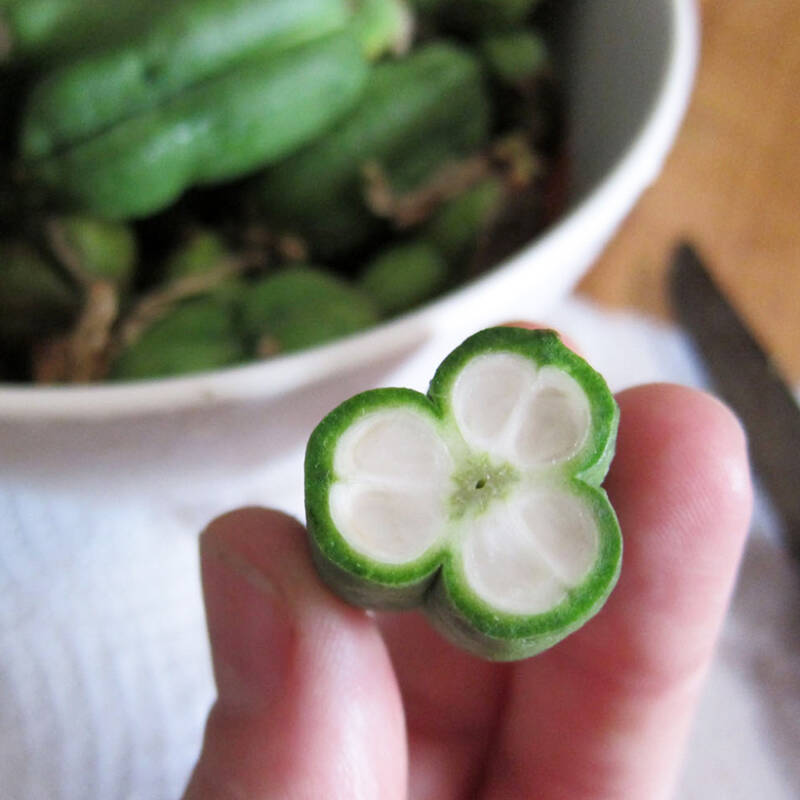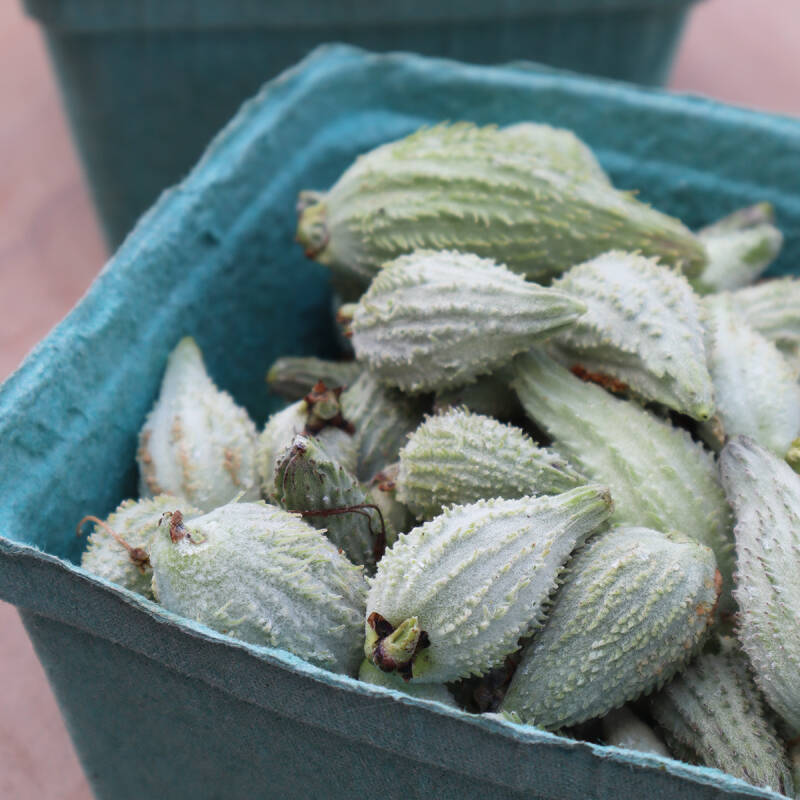Concerned about the COVID-19 virus threat? Me too. I’m washing my hands long enough to sing the “Happy Birthday” song twice, I’m wiping down frequently touched surfaces, downing various supplements, plus absolutely not touching my face. But still, I feel like I could do more to protect myself.
One solution? Tea. I drink lots and lots of tea. And while I know this won’t prevent contracting the coronavirus, just like some of the other half-baked claims floating around on the internet (um, no, homemade vodka hand sanitizer will not help—though this DIY formula will) I believe that small and smart choices will add up to a general healthier immune system, able to better fight what might come at it.
So did you know that drinking tea daily is generally just a wise thing to do as it increases daily fluid intake, helps maintain a healthy metabolism and circulatory system, is a rich source of vitamins, plus can help boost your immune system? Studies show that components such as L-theanine and EGCG (these are especially high in white and green teas) give your fighting T cells a boost.
I asked Ned Heagerty, co-owner of Silk Road Teas, for his thoughts on teas during this current coronavirus pandemic. “Generally, the more oxidized a tea is, the fuller its body and flavors, with the result [being that] they have a warming effect. Warming generally brings relaxation. Relaxation of the mind and body helps keep one healthy.” He recommends drinking oxidized Oolong teas and fermented Pu-erh teas for their strength building effects.
As with any tea or herbs, please consult with your healthcare provider before drinking any of these brews due to potential allergies and serious drug interactions, or if you are pregnant.
Please keep reading to learn about some other immune-supporting teas to enjoy now.
Featured photograph by Justine Hand, from DIY: Scented Sachets (and Tea) with Geranium Leaves.
Rosemary

Everyone should have at least one rosemary plant, either for culinary purposes, ornamental style (think cute topiaries on tables), low-water landscape reasons—or for making healing, aromatic, and flavorful tea. Rosemary is known for being antioxidant-rich, antimicrobial, and high in anti-inflammatory compounds, largely due to its polyphenolic compounds like carnosic acid and rosmarinic acid.
Easy Rosemary Tea Recipe:
1. Boil 10 ounces of water.
2. Add 1 teaspoon of fresh organic rosemary leaves to your cup or place the leaves in a tea infuser.
3. Pour the water over the leaves and cover (this helps keep the potent volatile oils from escaping). Aim for 5–10 minutes but the steep time depends on how robust you like your tea.
4. Strain the leaves using a small holed strainer or simply remove the tea infuser.
5. Add some honey (full of amazing anti-bacterial properties, too) if you like.
Echinacea

Echinacea is a beautiful plant whose leaves and roots have been used for centuries to help ward off winter illness and for other medicinal purposes. In clinical trials, echinacea has shown to be as effective as Tamiflu and with fewer side effects due to having antioxidant, anti-inflammatory and antiviral properties.
While I am sure trained herbalists grow and dry their own echinacea, I either purchase mine already in tea bags mixed with other herbs like elderberry (another powerhouse) or in bulk at the health food store, and then I add other healing herbs like lemongrass and peppermint. Note: Alone, echinacea is not the tastiest, and the amount of tea you need to drink to reap the health benefits varies depending on the quality of tea itself and how strongly you brew it. In general: Two teaspoons of dried echinacea root boiled in eight ounces of water is considered a serving.
Licorice Root

Long used in traditional Chinese medicine for various conditions, including infections, coughs, and digestive issues, studies now show that licorice could be effective at halting several species of bacteria and some viruses. Plus, it has antioxidant and anti-inflammatory properties and is excellent at loosening up mucus.
Easy Licorice Root Tea Recipe:
1. Add 1 tablespoon of chopped licorice root to 1 cup of water in a pot.
2. Bring water to a boil and simmer for about 10 minutes.
3. Turn off the heat and allow the brew to cool for several minutes.
4. Strain before serving.
Rose Hip

Traditionally, rose hips (the seed pods of Rosa rugosa) were used in teas to cure scurvy and other ailments. Today they are used in everything from body and face products to jams and vinegars, and have been linked to many health benefits, including improved immunity, heart health, and weight loss.
Rose hips develop in late summer and early fall after the roses have bloomed and have not been dead-headed. The best time to forage for rose hips is after the first frost because the cold increases the natural fruit sugars making them sweeter. Fresh rose hips are high in natural vitamin C, in fact 25% more than citrus, making them excellent at warding off sickness.
Easy Rose Hip Tea Recipe:
1. Wash your organic rosehips to remove any dirt and pat them dry.
2. Boil a pot of water and pour over the hips. Roughly use 1/4 cup of fresh hips to 1 cup of water.
3. Cover and let them steep for 15 minutes.
4. Strain out the hips through a paper coffee filter and add honey if desired.
For more on teas, see:
- Tisanes: Easy Teas You Can Grow, with 7 Tips from Emily Erb of Leaves & Flowers
- 10 Chinese Herbs to Cure What Ails You
- 10 Easy Pieces: Glass Teapots








Have a Question or Comment About This Post?
Join the conversation